On March 15, American tobacco control personnel gathered at a hotel in Baltimore for the annual meeting hosted by the Society for Research on Nicotine and Tobacco (SRNT), the preeminent scientific association in the field.
This year, the board decided to ban the industry from exhibiting research, a move some prominent academics and academics criticized as a repression of science. But the meeting still seems to be well attended. Mitch Zeller, the outgoing director of the FDA’s Center for Tobacco Products (CTP), may be his last public speaker in the role.
This is not the countdown to his retirement. Instead, about 40 miles away, President Joe Biden is about to sign an omnibus spending bill that would give the Food and Drug Administration (FDA) the authority to regulate synthetic nicotine like any other tobacco product. The law will take effect within 30 days.
The FDA — which was not in a reasonable position to authorize applications at that time — likely ordered every synthetic nicotine product on the market.
Once that date arrives in mid-April, makers of synthetic nicotine e-cigarettes and other products such as pouches will have an additional 30 days to submit a premarket tobacco product application (PMTA) to the FDA. The agency must deem products suitable to protect public health to be authorized — the same threshold that manufacturers of tobacco-derived vaping products should meet in their September 2020 application.
Then, after another 60 days, the FDA may order the complete withdrawal of every synthetic nicotine product from the market.
Industry insiders and observers expect the company to file a PMTA, although they note that this is a quick and unrealistic time frame, as the FDA appears to require specific long-term studies, which are certainly not possible within 30 days. At least, they need six months.
However, no one seems to know whether the FDA will exercise its enforcement discretion to allow continued sales of synthetic nicotine products with pending PMTAs, as it has with countless tobacco-derived nicotine e-cigarettes.
If so, some synthetic nicotine companies — which the agency may deem have the resources to eventually send the proper data — could continue to operate. Their product is technically illegal, but the FDA would choose not to enforce it.
If it didn’t, however, the agency would effectively ban synthetic nicotine — which is made in a lab but is chemically indistinguishable from the traditional version — even before it has a chance to be scientifically understood.
Some in the industry believe that synthetic nicotine may actually be safer than tobacco-derived nicotine, but they are not optimistic that the FDA will conduct a thorough review, judging by its past track record. Still, the potential decision would eliminate a range of e-cigarettes, pouches and other products that currently offer people an alternative to combustible cigarettes.
“If I get an MDO this time, I’ll file a lawsuit the next day.”
“We have to get some sort of enforcement discretion,” said Amanda Wheeler, owner of Jvapes and president of American Vapor Manufacturers (AVM). “People can submit the basics of their PMTA, but otherwise Besides, they will need more time.”
Like many other small and medium manufacturers, Jvapes transitioned to synthetic nicotine after receiving an FDA Marketing Denial Order (MDO) for its flavored tobacco-derived vaping products. The company changed because the FDA did not have the authority to regulate synthetic nicotine at the time. Many federal lawmakers say it’s a loophole they must fix, as products such as Puff Bars, which use synthetic nicotine, appear to be gaining popularity among young people. This is despite a sharp drop in e-cigarette use among young people overall.
“I think when MDO comes along, you’re going to see more companies filing lawsuits,” Wheeler continued. “I didn’t file a lawsuit the last time I got an MDO. But if I get one this time, I’ll sue the next day.”
Still, “companies will seek to file compliant PMTAs,” echoed Azim Chowdhury, a regulatory and public policy attorney representing several vaping companies. “We’re not just playing games here, we’re making sound arguments for public health.”
As Chowdhury points out, the option of law to appeal to the Court of Appeals after the MDO now applies to synthetic products just as it applies to tobacco-derived products — an option that many smaller companies are pursuing. Decisions in these cases could also have implications for synthetic nicotine and could prompt the FDA to conduct a more thorough review than before.
The FDA did not respond to a request for comment by press time.
Tony Abboud, executive director of the Vaping Technology Association (VTA), said that if nothing else, the synthetic nicotine PMTA would dismantle the notion that companies are just launching products to circumvent regulations. As a technological innovation, synthetic nicotine represents an opportunity to truly get rid of tobacco.




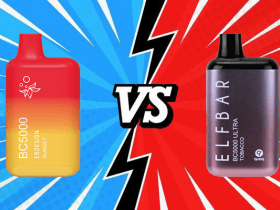

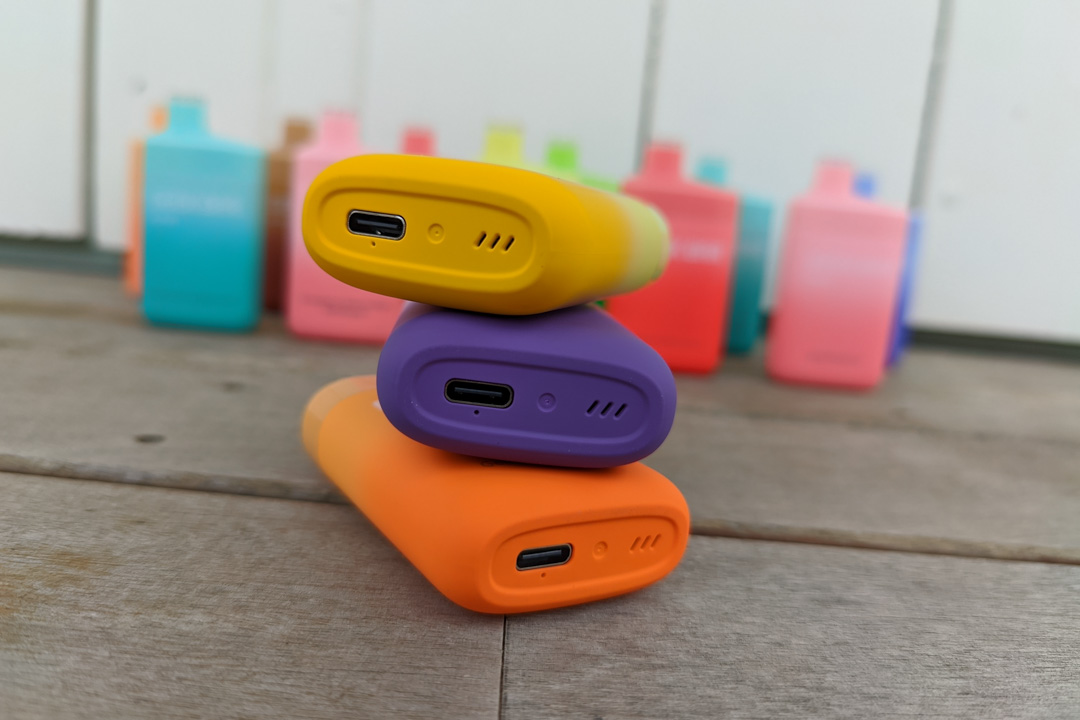

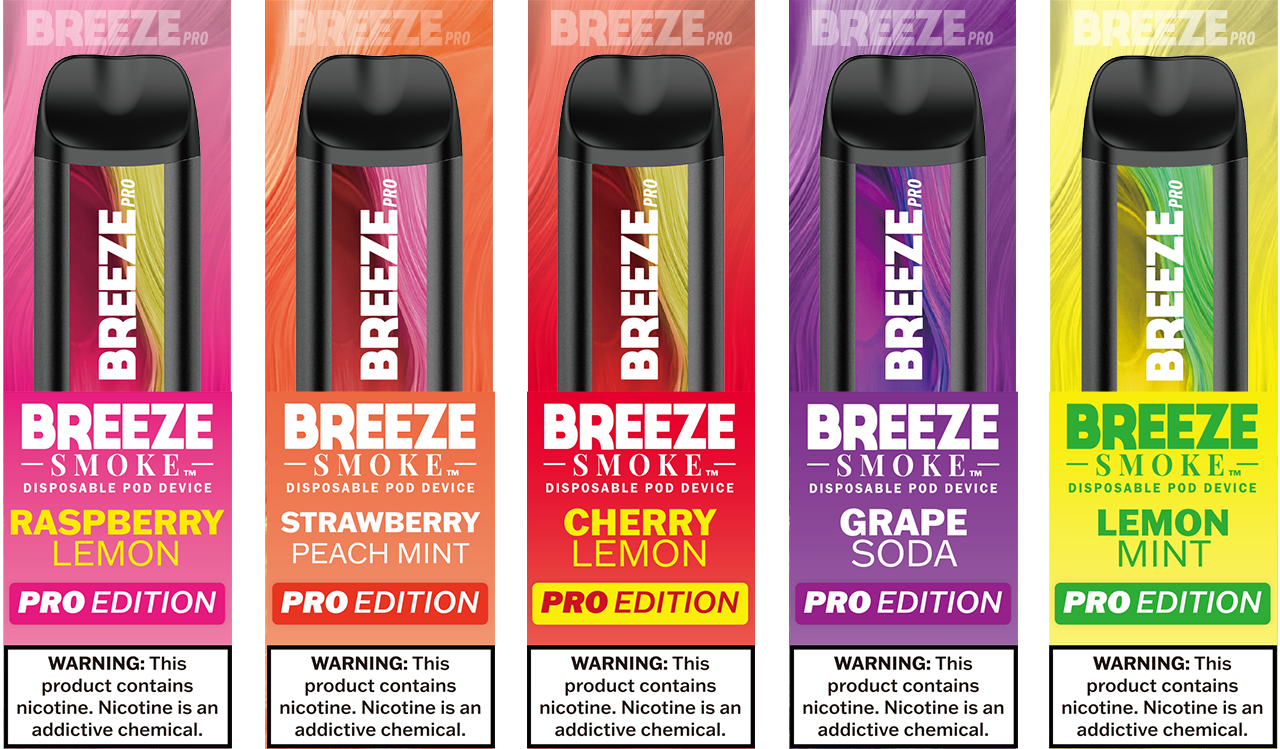


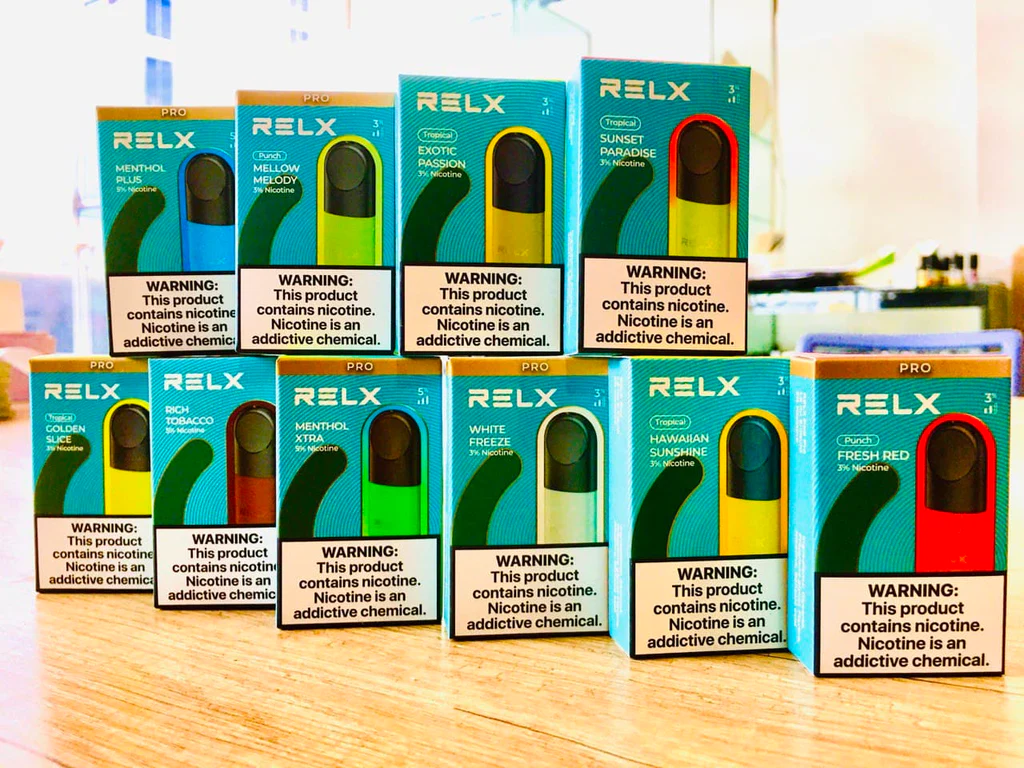

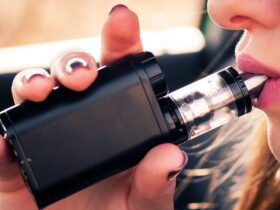



Leave a Reply